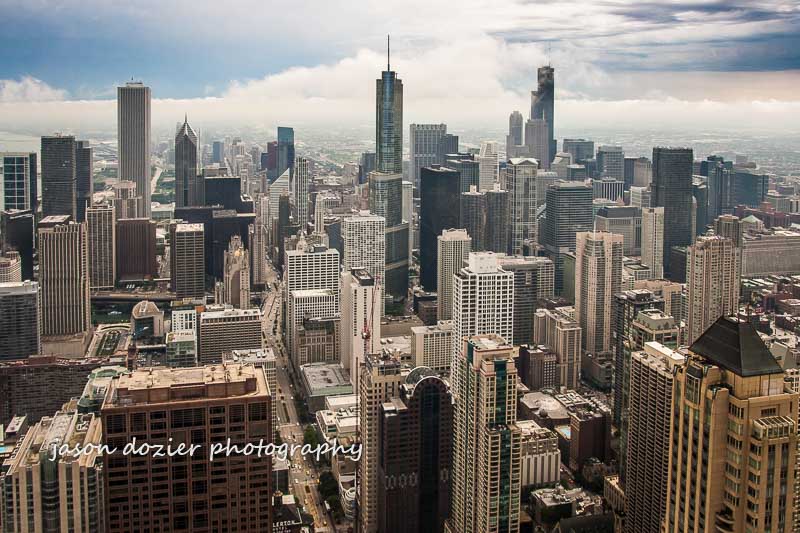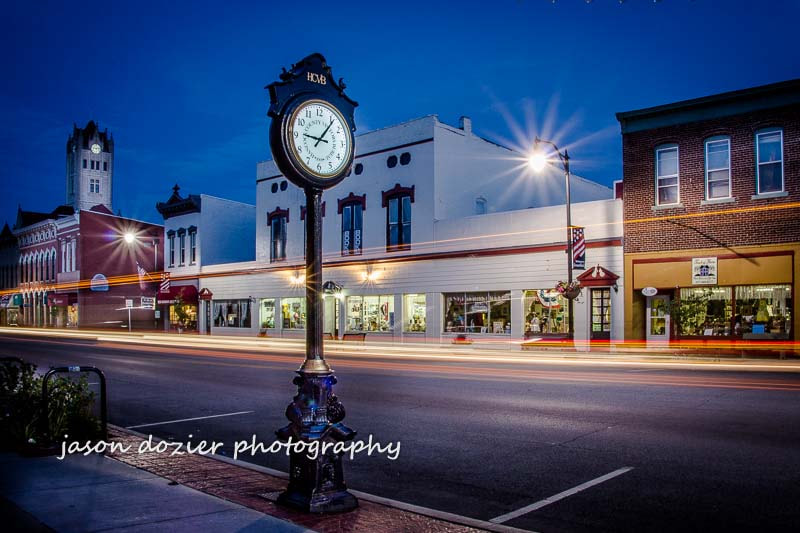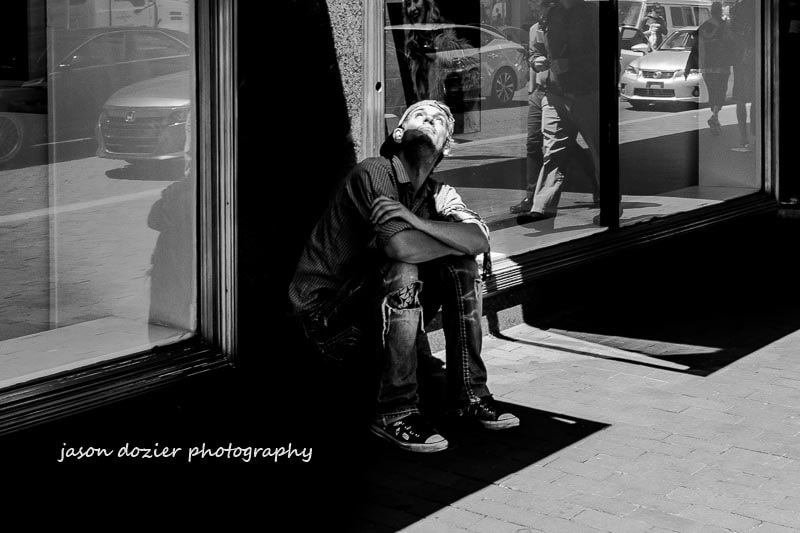-
Home
-
Indiana Towns
>
- Arlington, IN
- Attica, IN
- Bloomfield, IN
- Bluffton, IN
- Brazil, IN
- Brownstown, IN
- Broad Ripple, IN
- Centerville, IN
- Columbus, IN
- Cicero, IN
- Connersville, IN
- Covington, IN
- Crawfordsville, IN
- Cynthiana, IN
- Danville, IN
- Delphi, IN
- Edinburgh, IN
- Elnora, IN
- Elwood, IN
- Evansville, IN
- Fishers, IN
- Fountain Square, IN
- Fowler, IN
- Fortville, IN
- Franklin, IN
- Greencastle, IN
- Greenfield, IN
- Greensburg, IN
- Greenwood, IN
- Hartford City, IN
- Haubstadt, IN
- Jamestown, IN
- Kentland, IN
- Knightstown, IN
- Kokomo, IN
- Lebanon, IN
- Liberty, IN
- Marion, IN
- Martinsville, IN
- Mooresville, IN
- Mt Vernon, IN
- Nashville, IN
- Newberry, IN
- New Albany, IN
- New Castle, IN
- New Harmony, IN
- New Palestine, IN
- Newport, IN
- Noblesville, IN
- North Vernon, IN
- Pendleton, IN
- Poseyville, IN
- Petersburg, IN
- Princeton, IN
- Rensselaer, IN
- Roachdale, IN
- Rockville, IN
- Rossville, IN
- Rushville, IN
- Salem, IN
- Scottsburg, IN
- Seymour, IN
- Shelbyville, IN
- Sheridan, IN
- Spencer, IN
- Sullivan, IN
- Swayzee, IN
- Terre Haute, IN
- Versailles, IN
- Vernon, IN
- Vincennes, IN
- Warsaw, IN
- Wabash, IN
- Washington, IN
- Williamsport, IN
- Zionsville, IN
-
Cityscapes
>
- Asheville, NC
- Atlanta, GA
- Baltimore, MD
- Bentonville, AR
- Binghamton, NY
- Birmingham, AL
- Boston, MA
- Bradford, NY
- Buffalo, NY
- Casey, IL
- Charleston, SC
- Charlotte, NC
- Chicago, IL
- Columbus, OH
- Cincinnati, OH
- Davenport, IA
- Detroit, MI
- Farmington, IL
- Goodland, KS
- Hartford, CT
- Indianapolis, IN
- Jackson, MS
- Kansas City, MO
- Knoxville, TN
- Jacksonville, FL
- Jamestown, NY
- Louisville, KY
- Madison, WI
- Memphis, TN
- Miami, FL
- Milwaukee, WI
- Minneapolis, MN
- Montgomery, AL
- Nashville, TN
- Naples, FL
- New Orleans, LA
- New York, NY
- Omaha, NE
- Peoria, IL
- Pittsburgh, PA
- Quitman, MS
- Rochester, NY
- Rock Island, IL
- Savannah, GA
- St Louis, MO
- St Petersburg, FL
- Tampa, FL
- Toledo, OH
- Topeka, KS
- Washington, DC
- Wheeling, WV
- Whiteville, NC
- Rural Landscapes >
-
Street Galleries
>
- 2020 July 30 Ricoh GR III Street Photography 15 Cincinnati 2
- 2020 July 25 Ricoh GR III Street Photography 14 Cincinnati 1
- 2020 July 16 Ricoh GR III Street Photography 13 Chasing the Light
- 2020 July 10 Ricoh GR III Street Photography 12 Snap Focus 4
- 2020 July 7 Ricoh GR III Street Photography 11 Snap Focus 3
- 2020 July 1 Ricoh GR III Street Photography 10 Black and White
- 2020 June 26 Ricoh GR III More Snap Focus for Street Photography
- 2020 June 24 Ricoh GR III Snap Focus for Street Photography
- 2020 June 19 Ricoh GR III Street Photography Portraits
- 2020 June 4 Canon EOS RP How To Take Photographs of a Covered Bridge
- 2020 June 1 Ricoh GR III Portraits In A Small Town
- 2020 May 27 Ricoh GR III Abandoned Bus
- 2020 May 23 Canon RP Camera Review on Worthsville Road
- 2020 May 14 POV 6 Street Photography PhotoWalk Indianapolis
- 2020 May 10 Ricoh GR III AE Highlight-Weighted Mode Review
- 2020 April 22 Ricoh GR III Long Exposure Night Photography Review
- 090919-Indianapolis-Indiana-Street-Photography
- 090119-Plymouth-Indiana-Blueberry-Festival
- 061119-Indianapolis-Indiana-Street-Photography
- 060619-Indianapolis-Indiana-Street-Photography
-
Indiana Towns
>
- Blog
- Podcasts
- Contact
- Photography Services
Services
|
GALLERIES |
|







